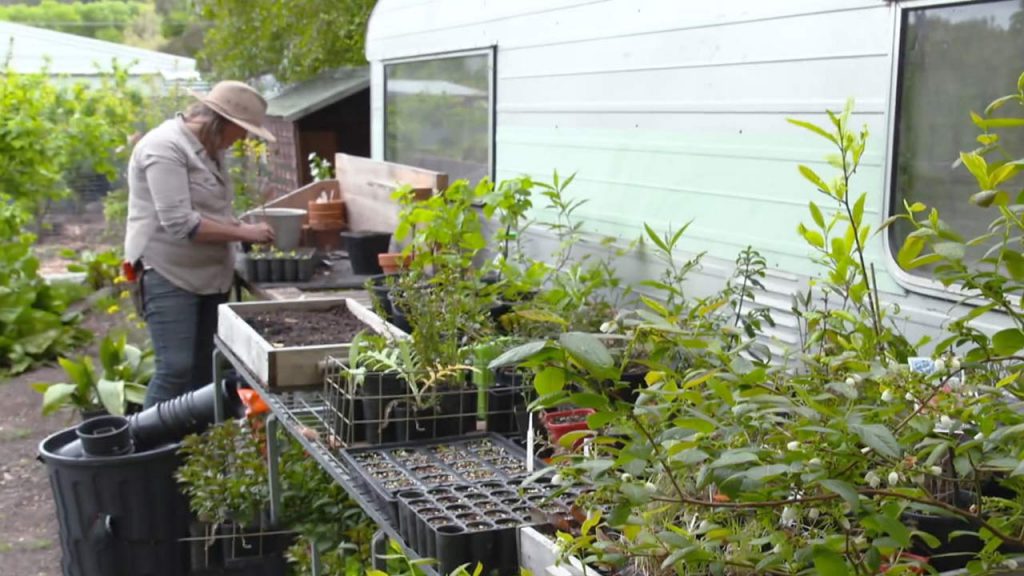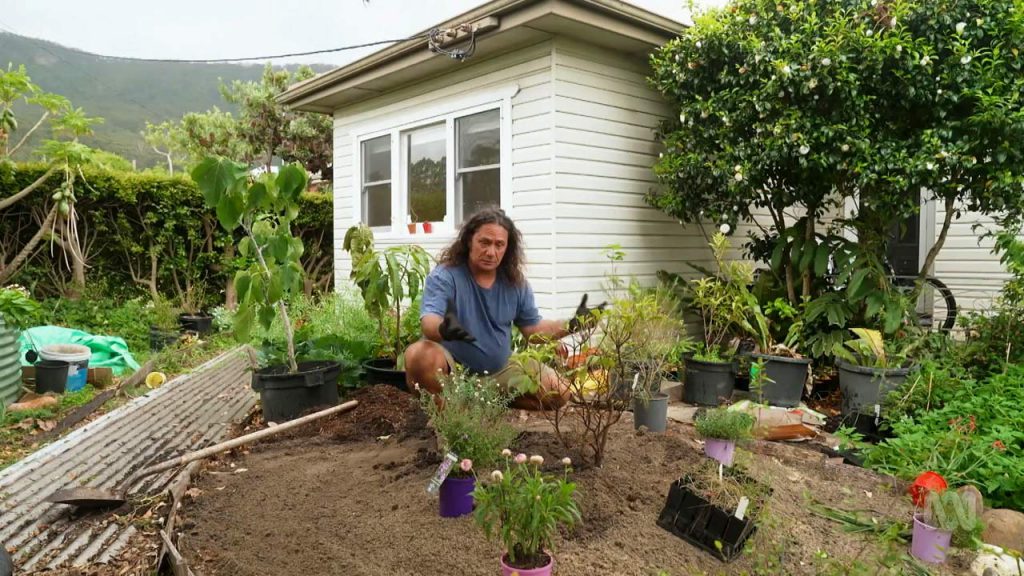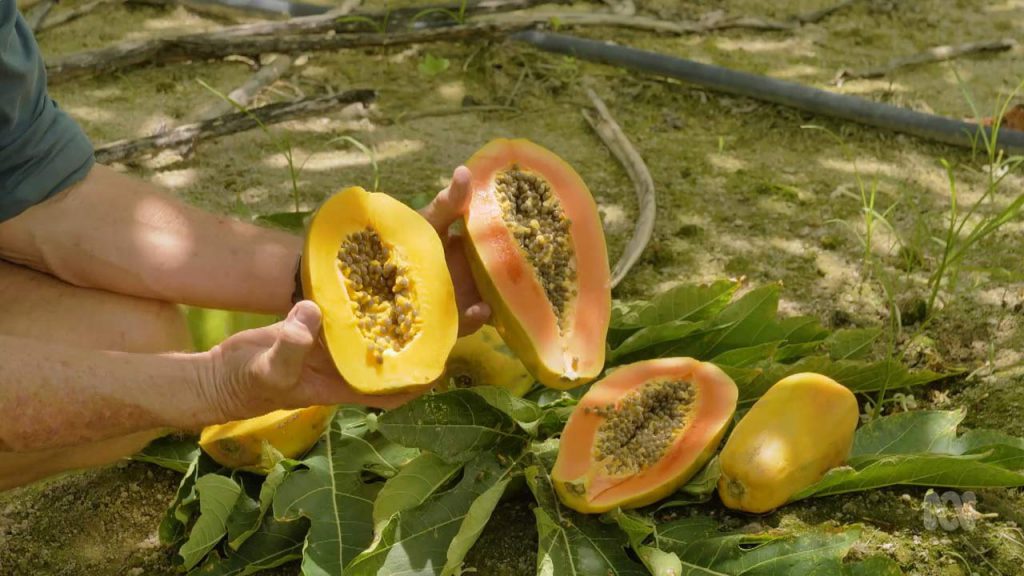Gardening Australia episode 19 2022: Costa celebrates the ABC’s 90th; Millie prunes myriads of roses; Jane visits a historical horticultural society; Josh focuses on conservation at a zoo; Sophie explores a native garden; Tino shows how to love shrubs.
Inspiring, entertaining and full of practical advice, join Costa Georgiadis and the team as they unearth gardening ideas, meet avid gardeners and look at some of the most inspiring gardens from across the country.
Gardening Australia episode 19 2022
Happy 90th | Ferny Creek Collectors
Jane celebrates the 90th birthday of the Ferny Creek Horticultural Society, touring their historic grounds and speaking to plant experts at the Collectors’ Market. One of Australia’s oldest and longest running gardening clubs celebrates it’s 90th birthday. The Ferny Creek Horticultural Society in Melbourne’s Dandenong Ranges is spread across more than 10 acres and cared for by generations of volunteers.
Eric Watson is the president and makes up one of the 250 members who are passionate about sharing their gardening knowledge. “We get new people all the time,” he said. With the upcoming show to celebrate the milestone new members are anticipated to join.
One member who’s been around for about 40 years is Keith Ross. He shows Jane one of the original plantings in the garden, a Nothofagus menziesii, also known as the southern beeches. Planted in 1961 at a cost of one pound, there is even a receipt as proof, part of the Society’s historical records.
What Goes for a Rose – Gardening Australia episode 19 2022
Millie demystifies how to prune, maintain, and care for rose plants of all growth forms, shapes, and sizes. Roses are revered garden plants. Most can be classified as flowering shrubs but with over 140 species occurring across Europe, Asia and North America and 1000’s of cultivars. The habits of the words most famous flowering shrubs are incredibly diverse, as is their horticultural application. From hedges, to groundcovers, to climbers and weepers, the genus Rosa can do almost anything.
Rosa is the type genus in the family Rosaceae, other members include many important fruiting species like apples, strawberries, cherries and even blackberries. In other words, they are tough, productive, beautiful, and useful plants!
As some of the world’s oldest and most popular cultivated plants, the choice of roses available is vast, particularly in winter when you can buy and plant them bare root. They are cheaper at this time of year, and a doddle to plant. Simply unwrap the roots, dunk them in a bucket of water, check for damage and reprune, plant into a sunny, well-prepared bit of ground.
Water for Wildlife
Josh visits the Perth Zoo to learn about how conservation of water works alongside their work conserving an endangered animal species.
Perth Zoo has a team of zoologists and scientists working to preserve and rebuild populations of one the most endangered reptiles in Australia, and indeed the world. Thought extinct for over a century, the Western Swamp Tortoise was rediscovered in the 1950’s, when a young person brought his pet tortoise to a naturalist club! “They really are a unique species on earth, the very last species of their family tree still in existence. There are fossil records of six different species, but this is the only one that remains”.
Uppill’s Native Garden – Gardening Australia episode 19 2022
Sophie visits the gardens of a couple who have transformed a cow paddock into a biodiverse and beautiful garden for native plants and birds. In the hills above Victor Harbor in South Australia, retired farmers Pat and Gerald Uppill have transformed a degraded block of land into a garden for native plants, wildlife, and for their own food and enjoyment.
Pat says, “It was a cow paddock that we managed to get in 2003, and we’ve gone from there. The minute we walked in we started gardening.” Whilst there were some trials and losses, eventually they decided that planting natives was the best way to go to support and complement the existing mature gum trees and patches of remnant bushland.
Some parts of the site have very sandy soil, which was perfect for growing an ornamental banksia garden. There’s a variety of species from different areas of Australia, including a prostrate Coast Banksia and the brilliant red flowers of the Scarlet Banksia. The native plants attract a lot of wildlife, including at least 80 species of birds such as honeyeaters, lorikeets, finches, Pat’s favourite Crested Shrike-tits, and the much-loved Superb Fairy-wrens.




